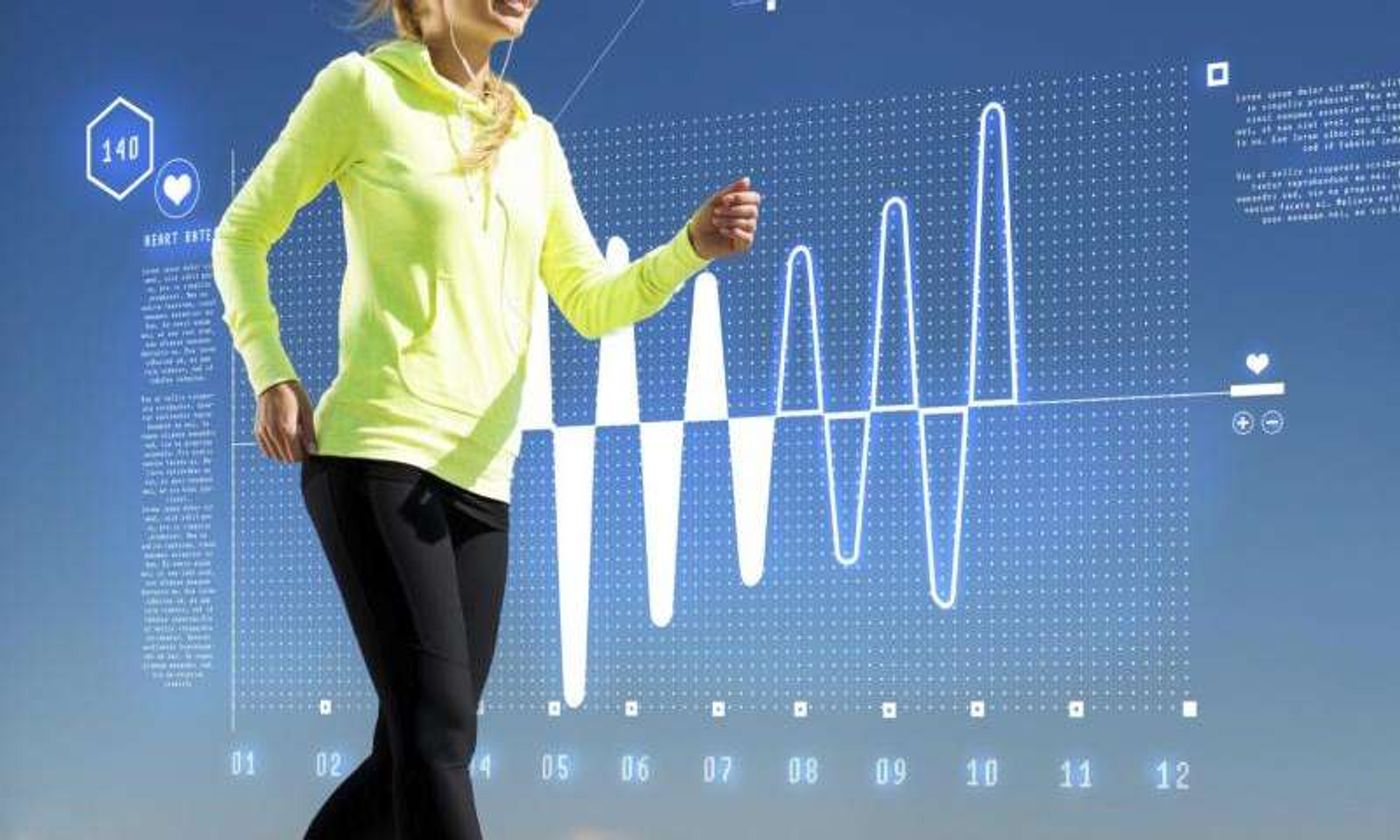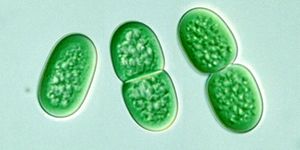Novel evidence supporting the reduction of cardiovascular disease risk through regular exercise was published this week, and the results can be found in the journal
Atherosclerosis.
“We showed that all participants, regardless of age, sex, and race showed improvements in their lipid profiles, which indicates that they reduced their risk for cardiovascular disease through exercise," explained Dr. James Hagberg, professor of kinesiology at the University of Maryland School of Public Health. His and other teams from the University of South Carolina Arnold School of Public Health and the LSU Pennington Biomedical Research Center worked on this study.
The impact of “regular aerobic or endurance-type exercise” improved plasma cholesterol profiles, regardless of participant body mass index (BMI) or the magnitude of BMI change during the study. The study results of reduced cholesterol indicate and provide clear data that cardiovascular disease risk can be lowered with proper exercise.
To some this may not seem like a new statement, but scientists involved in the study point out that while previous studies “found a link between regular exercise and the reduction of low-density lipoproteins (LDL) cholesterol levels and an increase in high-density lipoproteins (HDL) cholesterol,” this new study instead used nuclear magnetic resonance (NMR) spectroscopy to look at 25 different types of lipoproteins, not just two.
Plasma lipoproteins are microscopic guides that escort cholesterol and triglycerides into the plasma, which they cannot do on their own because they are nonpolar. Cholesterol refers to the “unsaturated alcohol of the steroid family” that serves as a precursor of steroid hormones and bile acids. Cholesterol is necessary for the “normal function of animals cells" (
Clinical Methods).
According to the
American Heart Association, LDL cholesterol is considered to be bad because it can cause plaque buildup, clogging arteries and leading to atherosclerosis.
The scientists involved in this collaborative study looked closer at the reaction of lipoproteins to regular in terms of how actual particles are changing in size, and the results goes beyond measuring with a “standard blood lipid profile.”
In the future, the same scientists plan to investigate the precise interaction exercise is inducing in human cells to improve plasma cholesterol profiles.
To learn more about exercise and the cardiovascular system, check out this video:
Source:
University of Maryland









